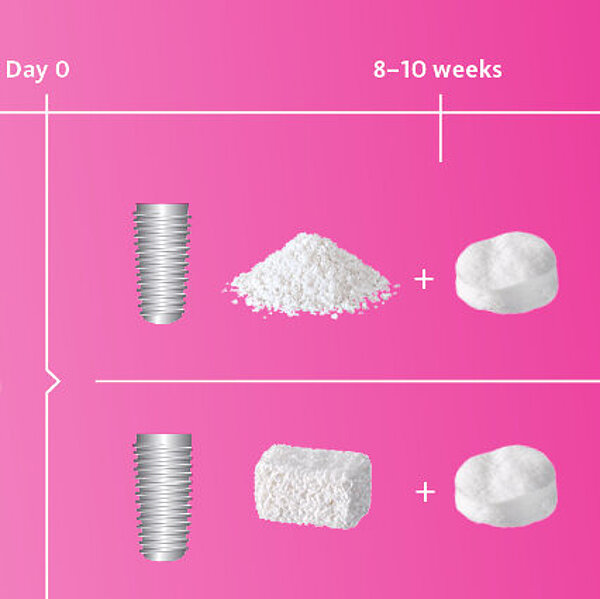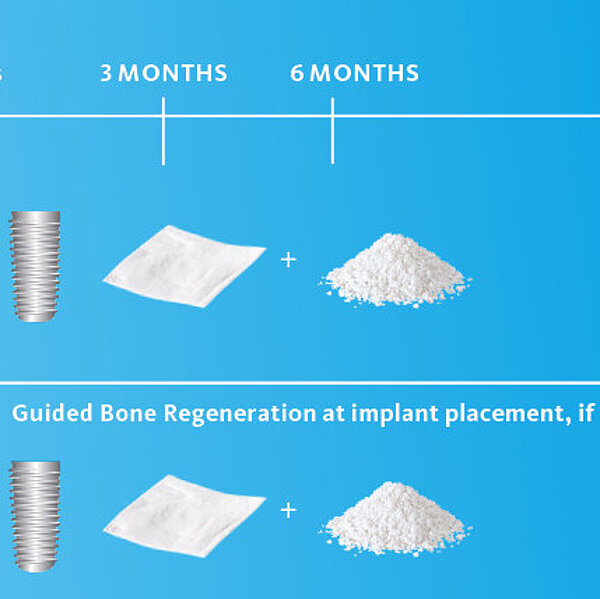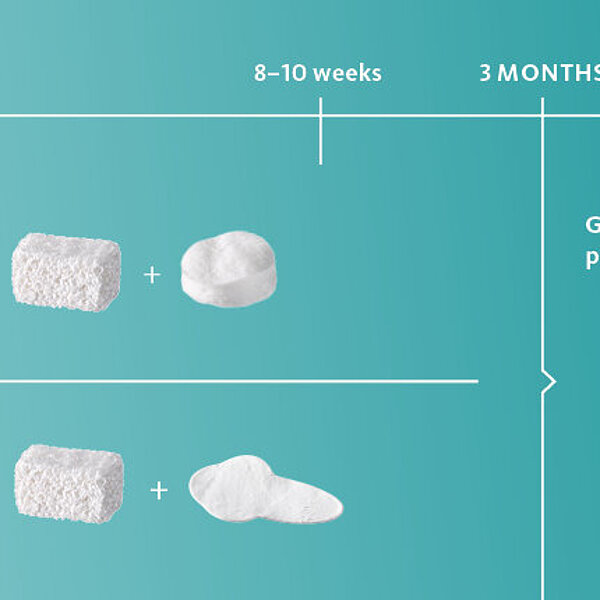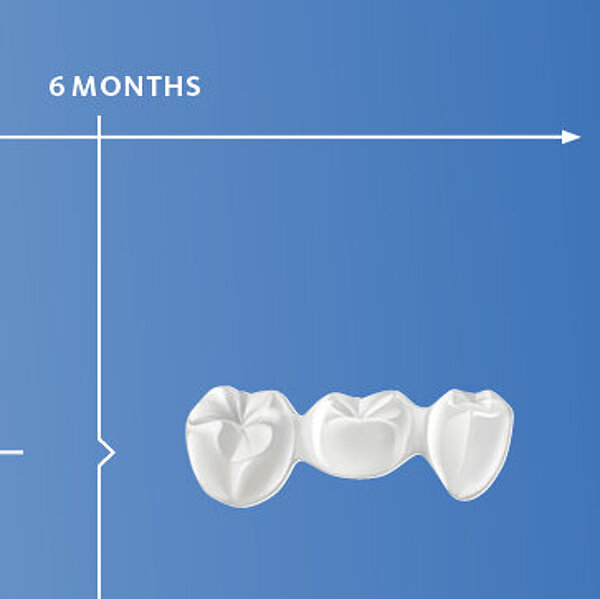Extraktionsalveole

Wissenschaftlicher Hintergrund
Die Remodellierung von Knochen und Weichgewebe nach einer Zahnextraktion wurde gründlich erforscht. Klinische Studien zeigen:
- Nach der Zahnextraktion kommt es aufgrund von Knochen- und Weichgeweberesorption zu einem starken Volumenverlust1–5
- Zwei Drittel dieser Resorption finden innerhalb der ersten drei Monate statt1
Ohne eine Ridge Preservation ist zum Zeitpunkt der Implantatinsertion
- zehnmal häufiger eine gesteuerte Knochenregeneration notwendig6,
- doppelt so häufig eine Sinusbodenelevation notwendig, und die Anzahl invasiverer Sinusbodenelevationen ist sogar viermal höher7
Referenzen:
- Van der Weijden F, et al.: J Clin Periodontol 2009; 36(12): 1048-58. (Systematic review)
- Sanz M, et al.: Clin Oral Implants Res 2010; 21(1): 13-21. (Clinical study)
- Hammerle CH, et al.: Clin Oral Implants Res 2012; 23 Suppl 5: 80-82. (Systematic review)
- Jung RE, et al.: J Clin Periodontol 2013; 40(1) :90-98. (Clinical study)
- Weng D, et al.: Eur J Oral Implantol 2011; 4 Suppl: 59-66. (Systematic review)
- Cha JK, et al.: Clin Oral Implants Res 2019; 30: 515-23. (Clinical study)
- Nevins M, et al.: Int J Periodontics Restorative Dent 2006; 26(1): 19-29. (Clinical study)
- Vignoletti F, et al.: Clin Oral Implants Res 2012; 23 Suppl 5: 22-38. (Systematic review)
- Avila-Ortiz G, et al.: J Dent Res 2014; 93(10): 950-58. (Systematic review)
- Cardaropoli D, et al.: Int J Periodontics Restorative Dent 2012; 32(4): 421-30. (Clinical study)
- Cardaropoli D, et al.: Int J Periodontics Restorative Dent 2014; 34(2): 211-17. (Clinical study)
- Morjaria KR, et al.: Clin Implant Dent Relat Res 2014; 16(1): 1-20. (Systematic review)
- Horvath A, et al.: Clin Oral Investig. 2013; 17(2): 341-63. (Systematic review)
- Vittorini Orgeas G, et al.: Int J Oral Maxillofac Implants 2013; 28(4): 1049-61. (Systematic review)
- Ackermann KL: Int J Periodontics Restorative Dent 2009; 29(5): 489-97. (Clinical study)
- Schlee M, Esposito M: Eur J Oral Implantol 2009; 2(3):209-17. (Clinical study)
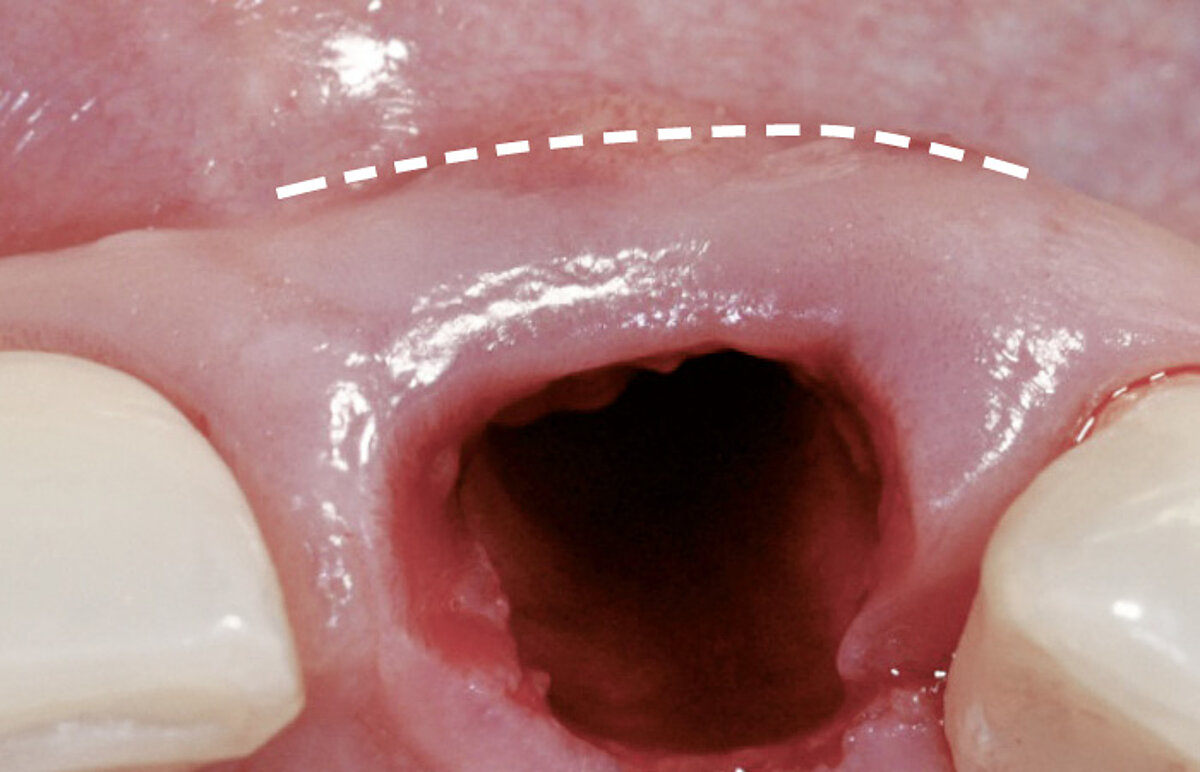
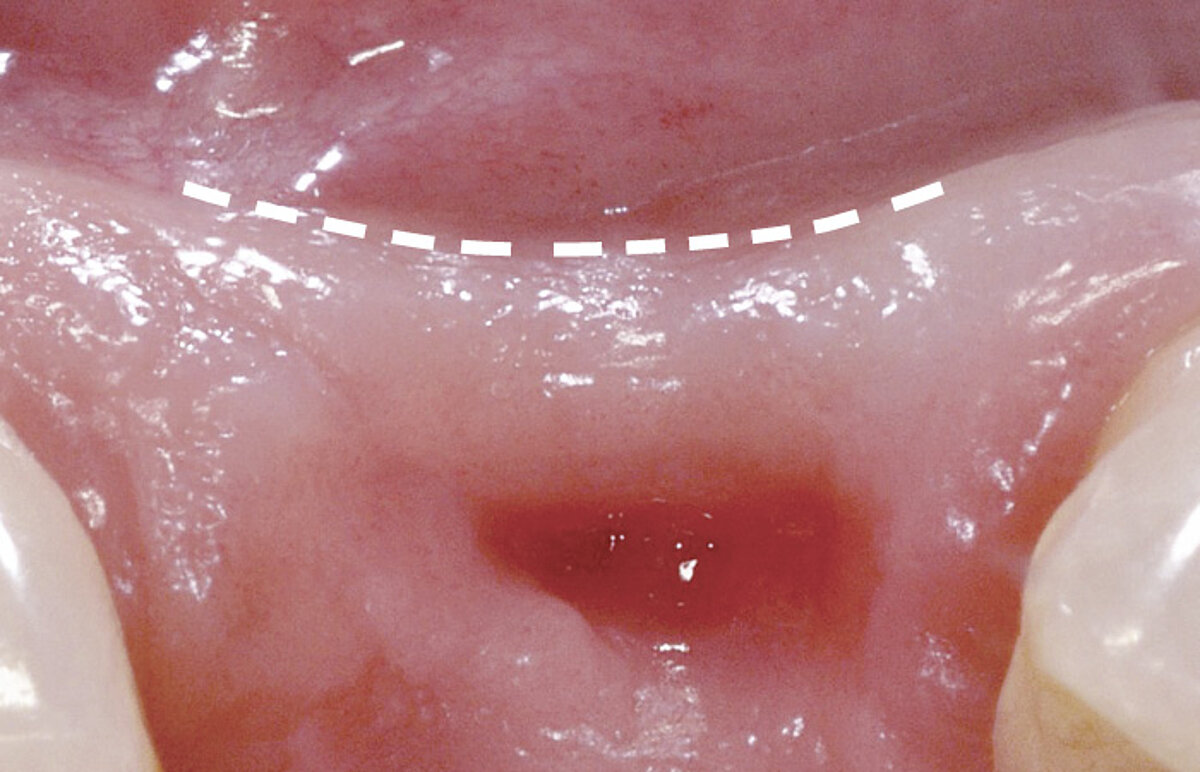
A: Nach Zahnextraktion. B: 2 Monate nach Zahnextraktion
Studien – einschliesslich randomisierter kontrollierter klinischer Studien und Meta-Analysen – zeigen aber auch, dass eine Ridge Preservation mit Geistlich Biomaterialien folgendes leisten kann:
- den horizontalen und vertikalen Volumenverlust selbst an Stellen mit dünner bukkaler Knochenwand verhindern8
- die Knochen- und Weichgewebesituation unabhängig vom gewählten Implantationszeitpunkt optimieren5,9-16
- das ästhetische Ergebnis durch Volumenerhalt unter Brückengliedern verbessern17
Referenzen:
- Van der Weijden F, et al.: J Clin Periodontol 2009; 36(12): 1048-58. (Systematic review)
- Sanz M, et al.: Clin Oral Implants Res 2010; 21(1): 13-21. (Clinical study)
- Hammerle CH, et al.: Clin Oral Implants Res 2012; 23 Suppl 5: 80-82. (Systematic review)
- Jung RE, et al.: J Clin Periodontol 2013; 40(1) :90-98. (Clinical study)
- Weng D, et al.: Eur J Oral Implantol 2011; 4 Suppl: 59-66. (Systematic review)
- Cha JK, et al.: Clin Oral Implants Res 2019; 30: 515-23. (Clinical study)
- Nevins M, et al.: Int J Periodontics Restorative Dent 2006; 26(1): 19-29. (Clinical study)
- Vignoletti F, et al.: Clin Oral Implants Res 2012; 23 Suppl 5: 22-38. (Systematic review)
- Avila-Ortiz G, et al.: J Dent Res 2014; 93(10): 950-58. (Systematic review)
- Cardaropoli D, et al.: Int J Periodontics Restorative Dent 2012; 32(4): 421-30. (Clinical study)
- Cardaropoli D, et al.: Int J Periodontics Restorative Dent 2014; 34(2): 211-17. (Clinical study)
- Morjaria KR, et al.: Clin Implant Dent Relat Res 2014; 16(1): 1-20. (Systematic review)
- Horvath A, et al.: Clin Oral Investig. 2013; 17(2): 341-63. (Systematic review)
- Vittorini Orgeas G, et al.: Int J Oral Maxillofac Implants 2013; 28(4): 1049-61. (Systematic review)
- Ackermann KL: Int J Periodontics Restorative Dent 2009; 29(5): 489-97. (Clinical study)
- Schlee M, Esposito M: Eur J Oral Implantol 2009; 2(3):209-17. (Clinical study)
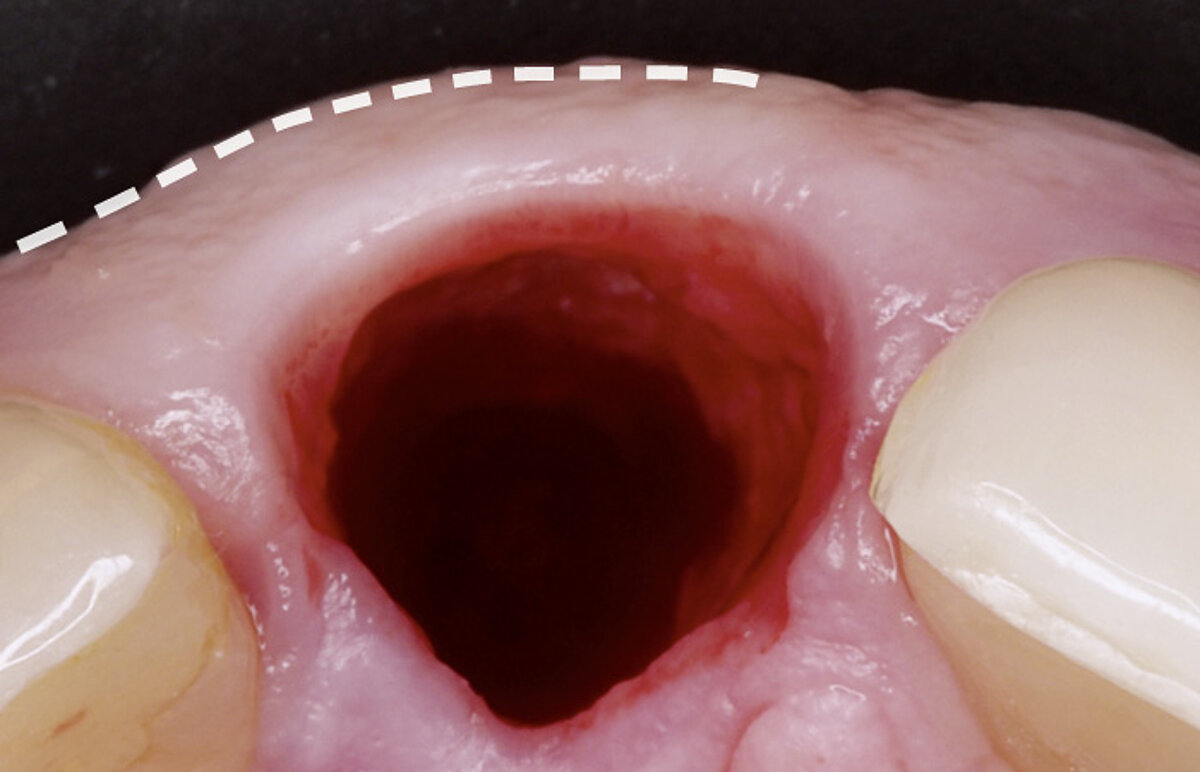

A: Nach Zahnextraktion. B: 3 Monate nach Zahnextraktion.
Spontanheilung vs. Ridge Preservation
Spontaneous healing vs. Ridge Preservation
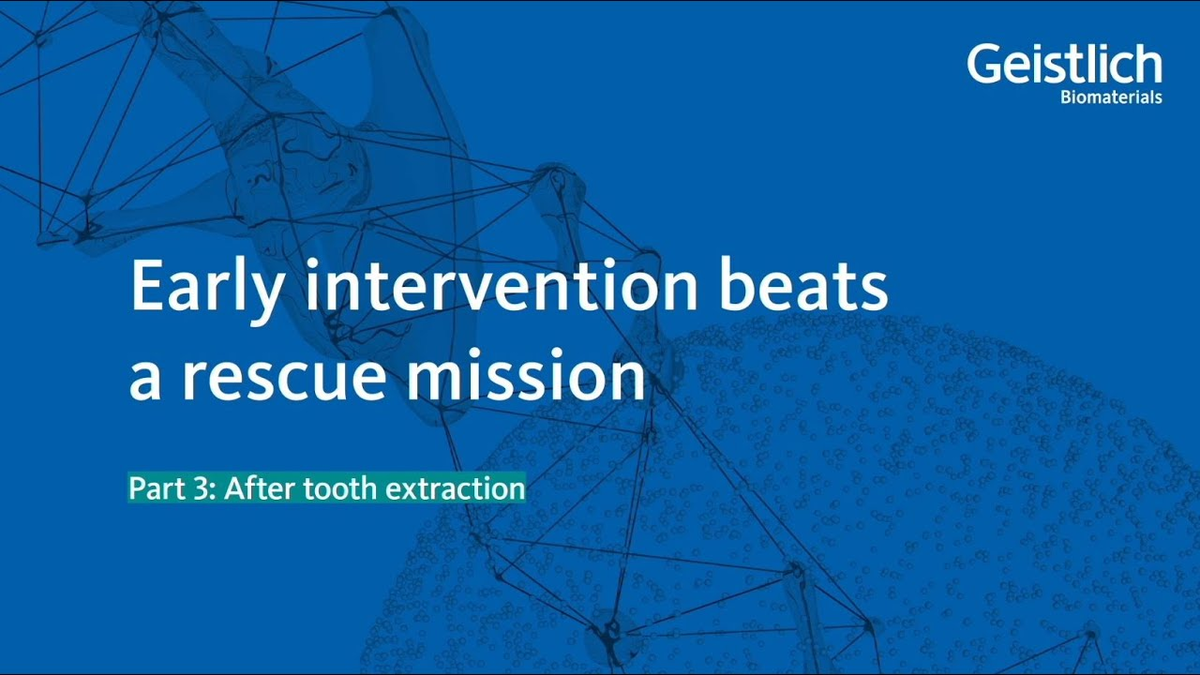
Fig 3: Spontaneous healing vs. Ridge Preservation
Klinische Fälle
